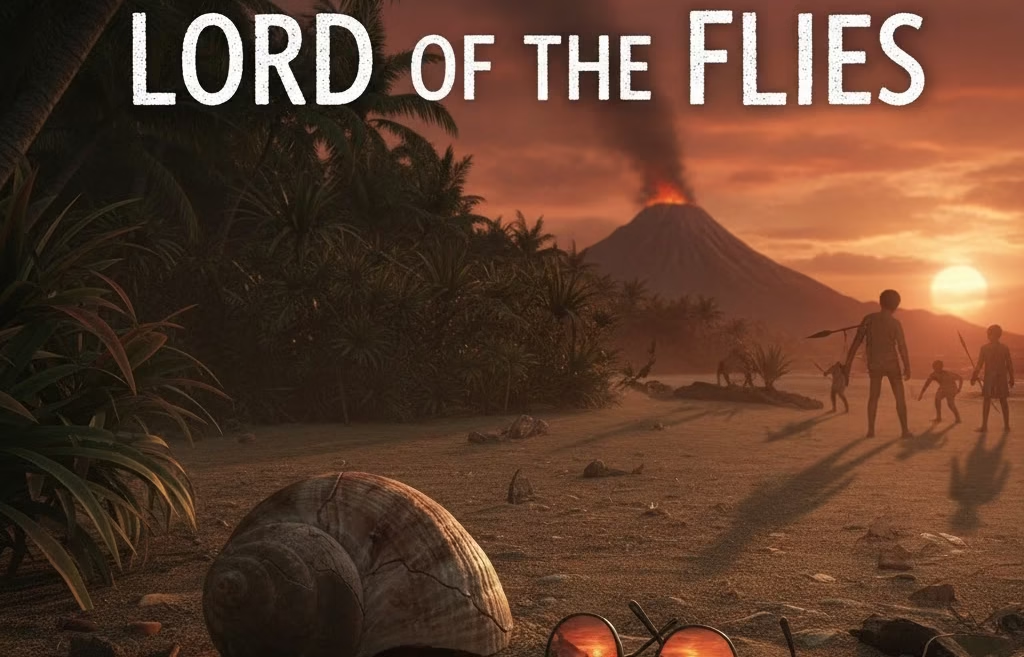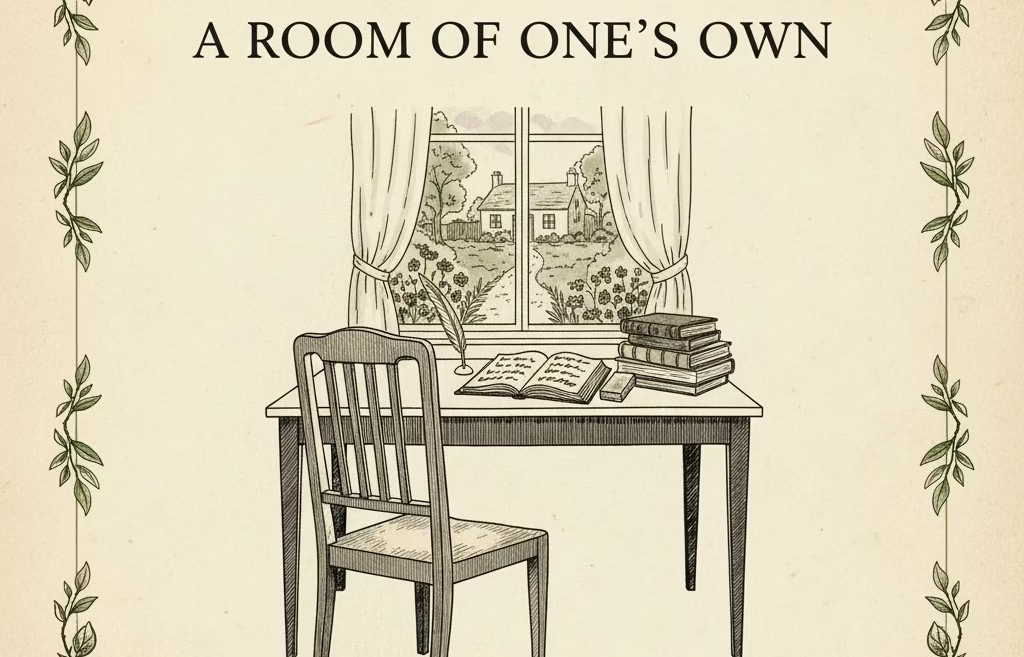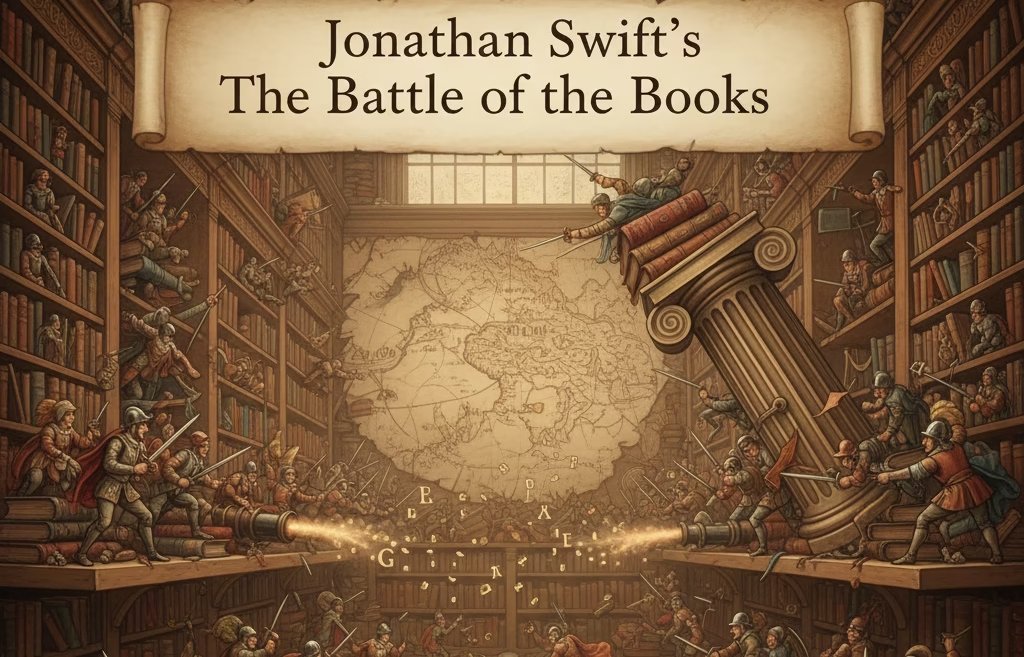Introduction
Jonathan Swift’s Gulliver’s Travels stands as a towering achievement in English literature, uniquely blending a fanciful narrative with scathing political and social satire. Published anonymously in 1726, the work transcends mere entertainment to question the very foundations of human nature, knowledge, and society. While on the surface it recounts the voyages of Lemuel Gulliver to bizarre lands inhabited by miniature people, giants, and rational horses, beneath lies a multilayered critique of the follies, vices, and contradictions of 18th-century Europe—many of which remain relevant today.
As an avid reader, I find Gulliver’s Travels deeply compelling. Its imaginative scope captivates the mind, but it is Swift’s ruthless dissection of humanity that truly stands out. This article aims to uncover the complex mechanisms of satire embedded within the novel, its philosophical foundations, and the pivotal themes it explores. Additionally, I will share personal reflections on why this text continues to resonate. It acts both as a mirror reflecting our flaws and as an admonition to modern readers.
Jonathan Swift’s Gulliver’s Travels: Satirical Genius
Gulliver’s Travels is foremost a brilliant exercise in satire. Swift utilises irony, exaggeration, and allegory to expose societal weaknesses and human folly. His narrative technique—presenting Gulliver as a seemingly trustworthy narrator recounting fantastical travel adventures—creates a paradoxical effect. Readers are invited to suspend disbelief while simultaneously discerning the sarcasm underlying the prose. This effective interplay between narrative voice and subtle mockery exemplifies Swift’s sophistication as a satirist.
In the first part, the tiny Lilliputians symbolise the petty and vindictive nature of political factions. They mirror the factionalism in Britain between the Whigs and Tories. However, Swift’s portrayal extends beyond mere political satire. It also critiques cultural and religious intolerance. The Lilliputian conflicts over seemingly trivial matters, such as egg-breaking, reflect the absurdity of sectarian disputes.
Conversely, Brobdingnag’s giant inhabitants offer a reversed perspective, magnifying human flaws to grotesque proportions. The king’s blunt criticism of English corruption and violence, despite his own simplicity, highlights the paradoxes within civilised society. Through these contrasting settings, Swift satirises the relativism of human values and the pretensions of power and superiority.
Swift’s satire goes further in the depiction of Laputa, the floating island of impractical intellectuals. Swift criticises the era’s fixation on abstract scientific inquiry, which remains disconnected from practical benefit and reality. This serves as a reflection on the blind spots of the Enlightenment. Finally, the land of the Houyhnhnms presents what seems to be a utopian society, one ruled by reason and order. However, Swift problematises this ideal by exposing its inherent cruelty and emotional sterility. The Yahoos—brutish human-like creatures inhabiting this land—embody vice and irrationality. Their presence forces a stark reflection on both the best and worst aspects of human nature. FULL TEXT
Jonathan Swift’s Gulliver’s Travels: Themes
Several interwoven themes permeate Gulliver’s Travels, grounding it firmly within the intellectual debates of Swift’s time while transcending them in universality.
Critique of Human Nature and Rationalism
The novel grapples with the limitations of reason and the darker recesses of human nature. The Houyhnhnms symbolise cold rationality—an idealised governing principle free from passion or bias. Yet their lack of emotion and empathy exposes the limitations of a purely logical approach to life. Gulliver’s eventual identification with the Houyhnhnms signals his deep disillusionment with humanity and his perception of its irrationality. This serves as a poignant commentary on the Enlightenment’s uncritical embrace of reason. Such a nuanced portrayal resonates with modern readers by confronting us with the enduring tension between logic and emotion, order and chaos, and progress and morality.
Power, Corruption, and Political Satire
Swift’s incisive examination of political corruption and machinery remains striking. Through allegorical representation of petty conflicts between fictional nations and the satirical depiction of legislative bodies, Swift lays bare the self-interest, hypocrisy, and shortsightedness that plague political systems. This theme extends to a critique of imperialism, legal systems, and militarism.
Relativity of Perspective
By alternating Gulliver’s size—from minuscule among the Lilliputians to colossal among the Brobdingnagians—Swift invites profound philosophical reflections on the relativity of judgement. What are the trivial or monstrous shifts, depending on perspective, challenging ethnocentrism and absolutism? This theme holds timeless relevance when considering cross-cultural understanding and human intolerance.
Literary Style and Narrative Technique
Swift’s style in Gulliver’s Travels embodies a calculated blend of formal travelogue conventions and imaginative fantasy. The first-person narrative voice lends authenticity, making Gulliver’s fantastical reports seem credible. Yet beneath the surface, the tone evolves from naive enthusiasm to cynical bitterness, mirroring Gulliver’s own transformation.
The prose balances clarity with richness. Swift employs irony and satire not merely for humour but as incisive tools to deconstruct social norms. However, his mastery is evident in how he frames grotesque or absurd scenarios with meticulous detail. By blending the fantastic with the plausible, he engages both the emotions and the intellect of his readers.
Character Analysis: Symbolism Through Personas
Lemuel Gulliver: More than an adventurer, Gulliver acts as a lens through which human virtues and vices are examined. His evolving worldview—from curious observer to alienated misanthrope—embodies the novel’s central tension between hope for human progress and bitter disenchantment.
Lilliputians: They personify the pettiness of political and religious disputes, their small size symbolising the triviality of their conflicts despite great self-importance.
Brobdingnagians: Their enormous stature inversely magnifies human flaws and the absurdity of human pride, offering critical moral reflections through their simplicity, together with their size.
Houyhnhnms and Yahoos: The rational horses personify an ideal of reason and order marred by emotional detachment, while the Yahoos epitomise depravity and base instinct, challenging the Enlightenment idealism about humanity’s perfectibility.EXPLORE OTHER AUTHORS
Conclusion
Jonathan Swift’s Gulliver’s Travels remains an essential text for those interested in literature’s power to critique society, politics, and human nature. Its satirical rigour, complex themes, and innovative narrative techniques ensure its place in academic study and popular imagination alike.
As we’ve seen, Swift’s biting sarcasm and philosophical inquiry compel readers to confront uncomfortable truths about power, reason, and morality. Moreover, beyond its fantastical surface, Gulliver’s Travels demands reflection, urging both scholars and casual readers to recognise the limitations and potential of humanity.
With its unmatched combination of literary artistry and profound social critique, Gulliver’s Travels continues to resonate—more than a mere storybook, it is a timeless call for self-awareness and intellectual honesty.
Frequently Asked Questions
Q1: What is the main purpose of Jonathan Swift’s Gulliver’s Travels?
Gulliver’s Travels is primarily a satirical work designed to critique political corruption, human folly, and societal issues of Swift’s time. While it is framed as a travelogue adventure, Swift uses fantastical elements to expose the absurdities of 18th-century European politics, religious conflicts, and human nature more broadly.
Q2: Who is Lemuel Gulliver?
Lemuel Gulliver is the fictional protagonist and narrator of the novel. A ship’s surgeon and traveller, Gulliver embarks on a series of voyages to strange lands, through which Swift explores his complex views on humanity, society, and reason. Throughout the story, Gulliver’s perspective and attitude evolve notably, reflecting broader themes of disillusionment and scepticism.
Q3: What societies or lands does Gulliver visit in the book?
>>>>>>>>>>>>>>>>>>>>>>>>>>>>>>>>>>Gulliver visits four main lands: Lilliput, inhabited by tiny people; Brobdingnag, home to giants; Laputa, a flying island of abstract intellectuals; and the land of the Houyhnhnms, rational horses representing an ideal society contrasted with the depraved human-like Yahoos.
Q4: How does Swift use satire in Gulliver’s Travels?
Swift employs satire through exaggeration, irony, and allegory to criticise political institutions, human pride, scientific folly, and moral corruption. For example, the trivial disputes of the Lilliputians mirror real political battles, while the Houyhnhnms and Yahoos demonstrate the extremes of reason and barbarity.
Q5: What are the key themes in Gulliver’s Travels?
>>>>>>>>>>>>>>>>Major themes include the relativity of perspective, the critique of human nature, the corruption inherent in power structures, and scepticism toward the Enlightenment’s faith in reason and progress.






2 Comments
Merely wanna say that this is handy, Thanks for taking your time to write this.
[…] Malamud’s work transcends mere social commentary by delving into psychological and spiritual dimensions, presenting immigrant life as not just a socioeconomic struggle but a quest for meaning and dignity. EXPLORE MORE WORKS […]